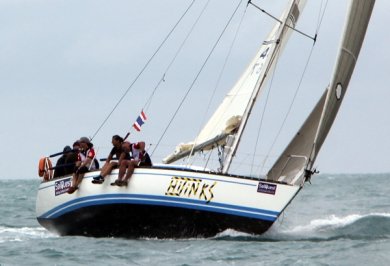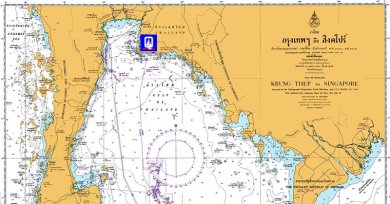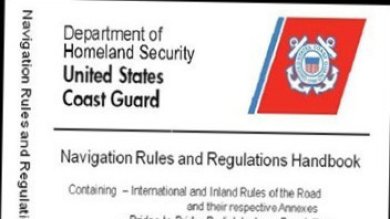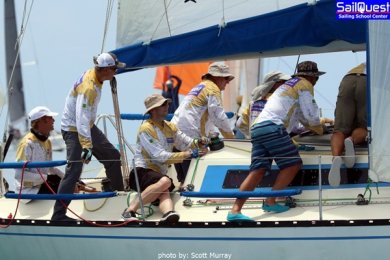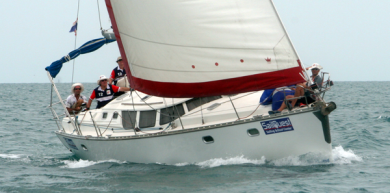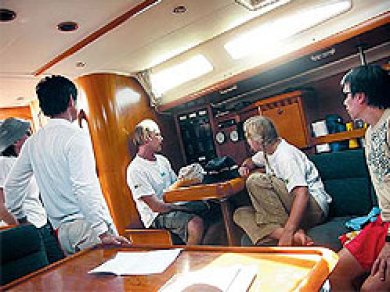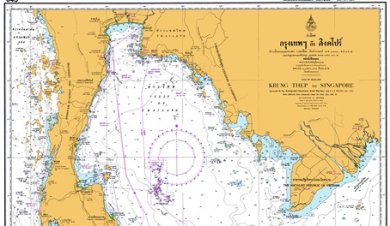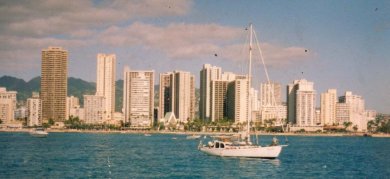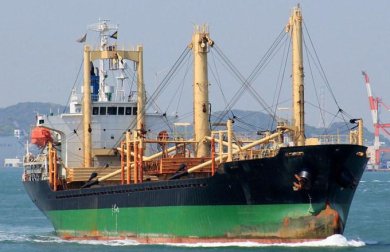The BEST Time for Sailing in the Gulf of Thailand - Wind & Rain Report
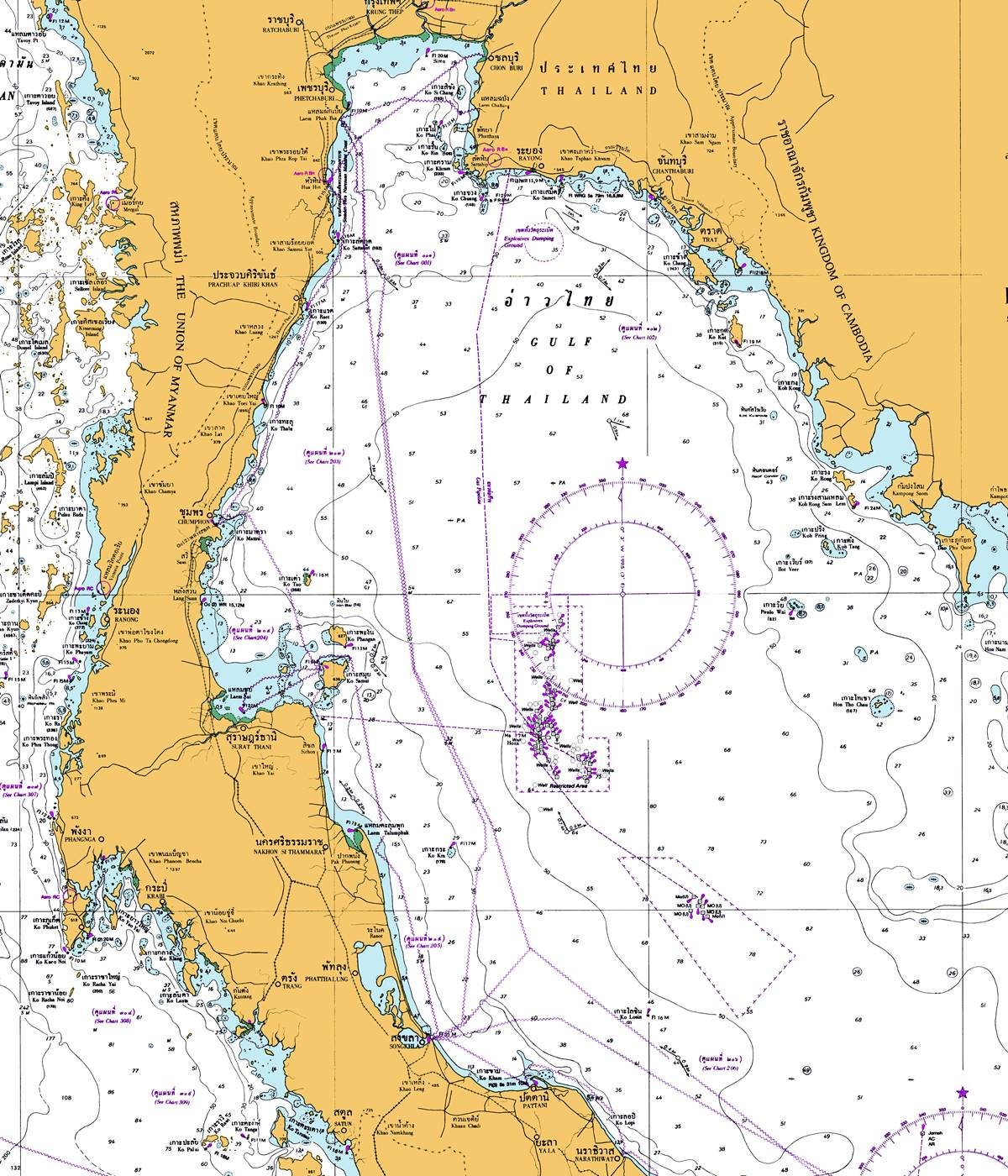
North East Monsoon Season - November to March
The North East Monsoon usually comes in from the north east but around the Gulf of Thailand it can shift around a bit, ranging from north east to north west.
Steady winds, building from early morning, 10-15 knots are typical in the afternoons, shutting off an hour or so after sunset then reappearing in the morning and building again. This pattern repeats, day after day.
Along with the wind comes cooler, dry air and an atmospheric haze that often cuts visibility at sea down to a few miles and reduces the sun to a bright smudge in the daytime sky.
The effect of the haze makes it appear to be overcast and preparing to rain, but the haze is caused by air pollution, mostly a result of slash and burn farming practices in northern Thailand, and carries very little moisture.
In fact, rainfall is quite rare during the north east monsoon season and if there is any rain at all, it comes in short, light isolated showers.
Have you ever seen the rain comin’ down on a sunny (but hazy) day? It’s like that.
South West Monsoon Season - April to October
April to August – Early South West Monsoon Season:
Around March/April there is a transitional period as the south west monsoon settles in and then remains a fixture in the Gulf for the next 9 months.
Steady, nearly non-stop south westerly winds can be expected, all day and all night, at consistent wind speeds of 8 to 12 knots with occasional increases up to the 20 knot zone. Shut-offs are uncommon but may occur, for a few hours up to a day or 2, then the steady monsoons fill in again.
The south west monsoon carries warm moist air from the equatorial Indian Ocean, increasing air temperatures and raising humidity levels.
When conditions are right, the south west monsoons sweep warm air rising up from the Malaysian Peninsula into the South China Sea and the Gulf of Thailand, creating long line squalls or sometimes a series of long line squalls, that are driven towards the east and north east.
The result at sea is typically a short (30 minutes or less) but intense rain shower, with a sharp increase in wind speeds at the front, conditions returning to “as it was” when the squall passes. Line squalls may repeat 2 or 3 times over the course of 2 or 3 hours if a series is moving thru.
Rain is not at all a daily occurrence and there can be long periods without any precipitation at all. Sunshine, clear blue skies and white, billowing, shape-shifting cloud masses can be expected, but it’s wise to keep an eye on the western horizon. An approaching dark grey or even black wall accompanied by crackling peals of thunder, bright flashes and bolts of lightning means things are about to get interesting.
Advice for sailors: reef deep and reef early.
September thru October – Late South West Monsoon Season:
South west monsoon winds continue to prevail, a bit lighter than earlier in the season and occasionally disappearing altogether. With less wind to push out humidity, the puffy white clouds retain more moisture and flatten out into a low-hanging grey mass and the scene is now set for the Rainy Season.
When slow moving grey, then darker grey clouds reach the saturation point, rain begins to fall. Depending on conditions, the cloud cover may hang overhead delivering nearly non-stop light to heavy rainfall for hours or days before dissipating to make room for the next cloud mass to build up.
In other conditions, large, often violent squalls explode beneath tall dark thunderheads, dumping unimaginable amounts of water and unleashing gale-force winds and an accompanying thunder storm. Typically short-lived, but occasionally lasting for a couple of hours or so, this type of storm is the most severe weather a sailor will encounter in the Gulf of Thailand. SailQuest students and Join-In sailors who are lucky enough to encounter one of these powerful weather systems can learn valuable lessons on heavy weather sailing and have a good story to tell back home!
The BEST Time of Year for Sailing in the Gulf of Thailand
This is a great place to sail.
There are multiple sailing/cruising areas with diverse and interesting destinations: Ko Samet, the Koh Chang Archipelago, the off-lying islands and ports of Cambodia, Hua Hin, Som Roi Yat, Ko Samui & Ang Thong National Marine Park, Ko Si Chang & the Pattaya area, and more…
There are off-shore passage making options, for example, the direct route from Ko Samui to Koh Chang is close to 220 nautical miles of lively downwind sailing during the south west monsoon. And there are day-sailing options: bounce along the coast and island hop over 450 nautical miles from Ko Samui to Koh Chang, truly a remarkable experience.
But, believe it or not, it is not the variety of destinations or the numerous passage options that places this area above others, from a sailor’s point of view.
Here in the Gulf of Thailand we have an abundance of what is always near the top of a sailor’s wish-list: steady, consistent wind and relatively flat seas.
The Gulf is blessed with approximately 320 decent sailing days per year on average. At any time of year, the odds of having a no-wind day is quite low and having a long run of windless days seems to be an impossibility.
And when things pick up – a week or two of 15-20 knots of steady pressure from either of the region’s major forces - the north east or south west monsoons – wave heights in the land-locked Top of the Gulf/Ocean Marina area rarely top 1 meter and even in the more open areas to the south, along the Ko Samui to Koh Chang route, for example, it would be very unusual, even when there has been days of strong steady wind, to see anything above a 3 meter swell, and average wave heights are much lower.
As noted above, the sailing conditions change with the seasons in the Gulf of Thailand and each season offer’s challenges and pays out rewards to those who sail here. Different sailing conditions require different sets of skills and tactics and for those who are just getting started, there are valuable lessons to be learned, and that can only be learned, by sailing in a wide range of conditions and by dealing with a wide range of situations.
For those who haven’t figured it out for themselves and may still be wondering when to book a sailing course or sign-up for a live-aboard sailing adventure, for those who may be waiting for the BEST time of year, the wait is over.
The time has come to join the crew, to steer the course and to ADVANCE YOUR SAILING GOALS because the BEST time to sail with SailQuest in the Gulf of Thailand is always now - book your dates today.

.png)

